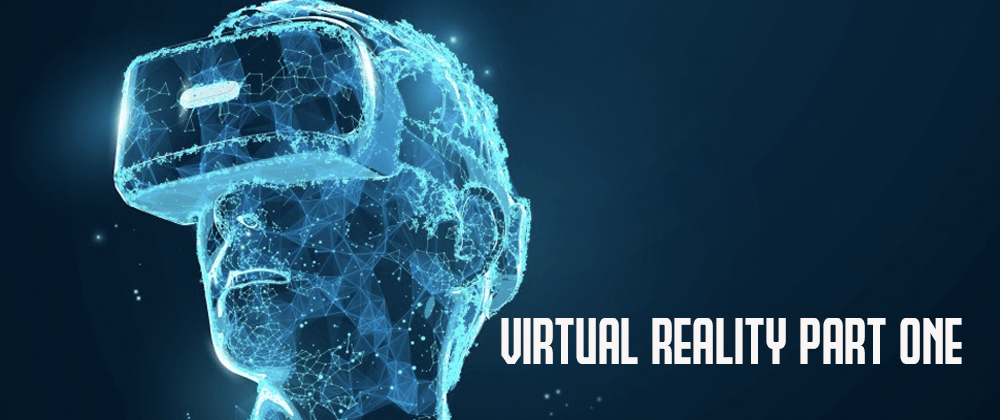Original Post found here
Definition:
Virtual reality is a simulated experience that can be similar to or completely different from the real world. Applications of virtual reality can include entertainment and educational purposes. Other, distinct types of VR style technology include augmented reality and mixed reality.
Contenders of the arena:
Oculus
Unity Technologies
Virtuix
Limbix
I am utilizing this space to cover 4 companies in a 4 part series that are contenders in the VR realm. There are quite a few other companies that specialize in VR, but it will be interesting to see what these 4 companies have in common, as well as what makes them starkly different.
Let’s start with the overall idea of virtual reality. It is not really a new concept. The idea of VR is plant oneself into an alternate realm of possibility. This could be, in essence, reading a book, role playing board games similar what DnD is, playing a video game. Up until maybe 10 years ago, we were unable to digest virtual reality in the context that we are today.
Let’s expand on what virtual reality is.
Virtual Reality (VR) is the use of computer technology to create a simulated environment.
Virtual Reality’s most immediately-recognizable component is the head-mounted display (HMD). Human beings are visual creatures, and display technology is often the single biggest difference between immersive Virtual Reality systems and traditional user interfaces.
Major players in Virtual Reality include HTC Vive, Oculus Rift and PlayStation VR (PSVR)
You may ask what the difference between Virtual Reality and Augmented Reality? These two realities are just two sides of the same coin. You can think of Augmented Reality as VR with one foot in the real world: Augmented Reality stimulates artificial objects from the view point of the camera, superimposing the computer-generated images over a user’s view of the real world.
In Augmented Reality, the computer uses sensors and algorithms to determine the position and orientation of a camera. AR technology than renders the 3D graphics as they would appear from the viewpoint of the camera, superimposing the computer-generated images over a user’s view of the real world.
In Virtual Reality, the computer users similar sensors and math. However, rather than locating a real camera within a physical environment, the position of the user’s eyes are located within the simulated environment. If the user’s head turns, the graphics react accordingly. Rather than compositing virtual objects and a real scene, VR technology creates a convincing, interactive world for the user.







Top comments (1)
Yes, it's a huge opportunity. Virtual reality and development augmented reality are exciting technologies that can have enormous potential in many different areas. They can be used for entertainment, education, and even medical purposes.